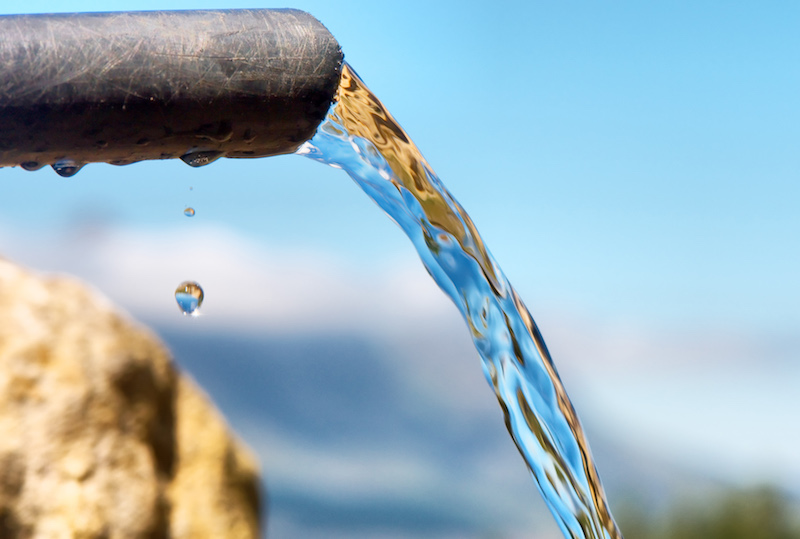Types of Flows in a Pipe – The type of flow of a liquid depends upon the manner in which the particles unite and move. Though there are many types of flows, yet the following are important :
- Uniform flow: A flow, in which the liquid particles at all sections of a pipe or channel have the same velocities, is called a uniform flow.
- Non-uniform flow: A flow, in which the liquid particles at different sections of a pipe or channel have different velocities, is called a non-uniform flow.
- Streamline flow: A flow, in which each liquid particle has a definite path and the paths of individual particles do not cross each other, is called a streamline flow.
- Turbulent flow: A flow, in which each liquid particle does not have a definite path and the paths of individual particles also cross each other, is called a turbulent flow.
- Steady flow: A flow, in which the quantity of liquid flowing per second is constant, is called a steady flow. A steady flow may be uniform or non – uniform.
- Unsteady flow: A flow, in which the quantity of liquid flowing per second is not constant, is called an unsteady flow.
- Compressible flow: A flow, in which the volume of a fluid and its density changes during the flow, is called a compressible flow. All the gases are considered to have compressible flow.
- Incompressible flow: A flow, in which the volume of a fluid and its density does not change during the flow, is called an incompressible flow. All the liquids are considered to have incompressible flow.
- Rotational flow: A flow, in which the fluid particles also rotate (i.e. have some angular velocity) about their own axes while flowing, is called a rotational flow.
- Irrotational flow: A flow, in which the fluid particles do not rotate about their own axes and retain their original orientations, is called an irrotational flow.
- One-dimensional flow: A flow, in which the streamlines of its moving particles are represented by straight line, is called an one-dimensional flow.
- Two-dimensional flow: A flow, whose streamlines of its moving particles are represented by a curve, is called a two-dimensional flow.
- Three – dimensional flow: A flow, whose streamlines are represented in space i.e. along the three mutually perpendicular directions, is called a three – dimensional flow.


